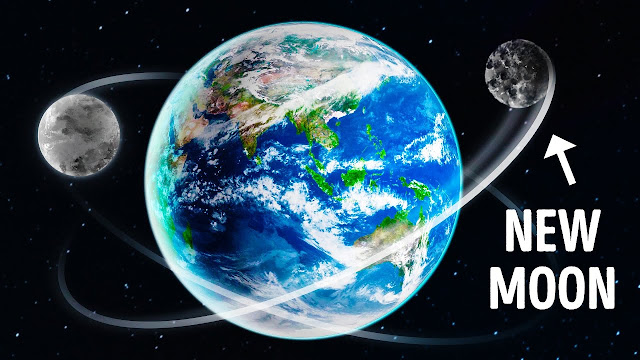If you have ever envied Jupiter or Saturn for their many moons, you may just be in luck. Our planet may also have a second moon first discovered in 2016, according to a new study published in Nature Magazine. It's called Kamo’oalewa, which in Hawaiian means moving celestial object, and it obviously circles the Earth. But it does not follow a traditional path instead it circles in a corkscrew-like trajectory.
It's also tiny measuring a mere 50 m (164 ft) across. The scientists who discovered it describes its orbit as a dance.
“It’s primarily influenced just by the sun’s gravity, but this pattern shows up because it’s also — but not quite — on an Earth-like orbit. So it’s this sort of odd dance,” told TIME Magazine graduate student Ben Sharkey of the Lunar and Planetary Laboratory at the University of Arizona, the lead author of the paper.
Where does this
wondrous second moon come from? Well, the researchers write in their study that
they believe it to be "lunar material." That is not hard to believe.
After all, our moon is constantly being bombarded by celestial objects, it's
only logical that a piece of it might go flying off and then find itself in the
vicinity of Earth.
To prove this
point, Sharkey turned to a published paper on lunar samples brought back by
the Apollo 14 mission in 1971. He found that when he
compared the data he was getting in his telescope with what the geologists from
the first study surfaced in their rock labs, the results matched.
This means that
not only is Kamo’oalewa a second moon to our Earth, but it is also actually
a small part of our already existing moon. And that makes it even more
wonderful.
However, our extra
moon won't stay close to us for very long. Sharkey and others estimate that
after 300 years it will break its orbit and go off on its own. Wherever it
heads next, we wish it luck on its travels.

